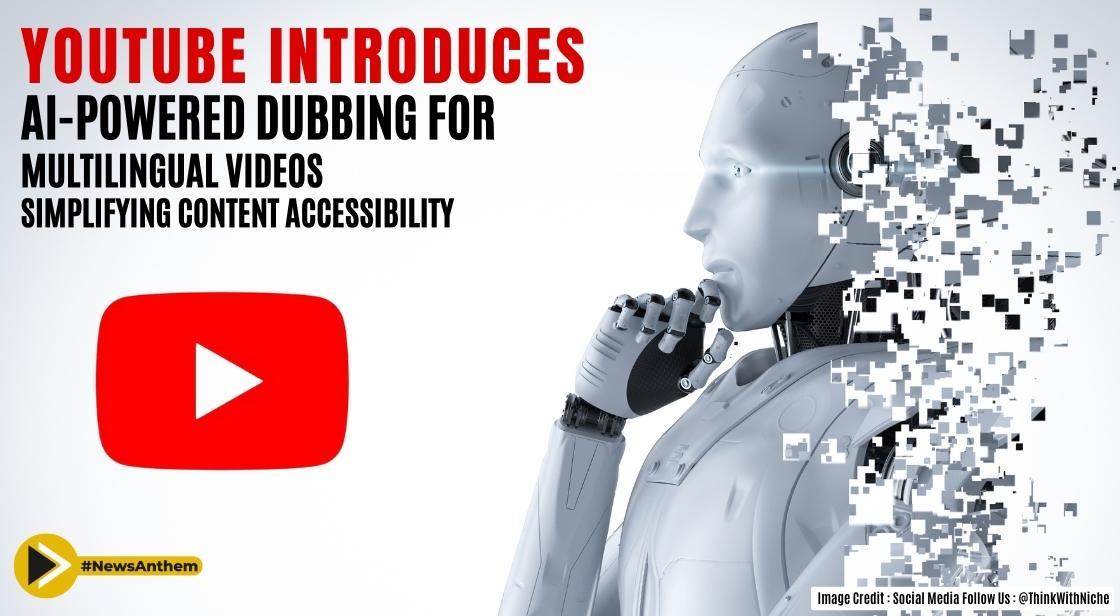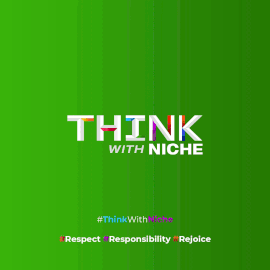YouTube Introduces AI-powered Dubbing for Multilingual Videos: Simplifying Content Accessibility

News Synopsis
YouTube's Aloud Revolutionizes Multilingual Video Content
YouTube is introducing a groundbreaking feature, Aloud, an AI-powered dubbing service that enables creators to produce videos in multiple languages effortlessly. With this upcoming tool, YouTube aims to enhance content accessibility and bridge the language gap on its platform.
The announcement was made at VidCon, where YouTube unveiled its collaboration with Google's Area 120 incubator.
Aloud Simplifies the Dubbing Process
Streamlined Translation and Dubbing Process
Aloud simplifies the dubbing process by utilizing AI technology. According to the Aloud website, the program initially translates the video content and provides a transcription that creators can review and adjust as needed.
Once the translation is finalized, the dubbing process begins. This streamlined approach saves time and eliminates the need for creators to undertake complex and expensive dubbing efforts.
Enabling Global Reach for Content Creators
Breaking Language Barriers for Content Localization
Content creators aspire to reach a diverse global audience regardless of their geographical location or native language. In a YouTube video released by Aloud, Nolan Karimov, content creator of Kings & Generals, expressed his desire to share his passion for history with the world but felt limited by language constraints.
Aloud's dubbing service enables creators to overcome these barriers and engage with a broader audience worldwide.
Torie Bates, Program Manager of Applied Digital Skills at Google, emphasized the importance of expanding their curriculum to more countries and languages.
Aloud's dubbing service plays a crucial role in achieving this goal by enabling people worldwide to learn new technology skills and access digital content in their native language.
Aloud's User-Friendly Approach
Making Dubbing Videos Accessible and Cost-effective
Aloud emphasizes that dubbing videos can be time-consuming and expensive. However, with their user-friendly service, creators can now produce dub videos without financial strain.
YouTube highlights the simplicity of the Aloud platform, comparing the dubbing process to editing text. This accessibility empowers creators and fosters an inclusive environment where language is no longer a barrier.
Future Developments and Features
Advancements in Translated Audio Tracks and Lip Sync
According to Amjad Hanif from YouTube, several creators have already participated in testing Aloud's dubbing service. Currently available in English, Spanish, and Portuguese, Aloud plans to support additional languages in the future.
YouTube is also working on making translated audio tracks sound like the creator's voice with more expression and achieving lip sync. These exciting features are anticipated to be rolled out in 2024.
Early Access and Impersonation Policies
Requesting Early Access to Aloud's Dubbing Service
For those interested in experiencing the transformative power of dubbing, Aloud's website (aloud.area120.google.com) offers the option to request early access. Creators can explore how dubbing can reimagine their content and engage a wider audience.
YouTube's Updated Policies on Impersonation
In addition to launching new features, YouTube has recently updated its policies regarding impersonation. Fan channels that cross the line between adoration and outright impersonation of larger, original channels now face scrutiny and potential termination. YouTube aims to maintain a clear distinction and protect creators from impersonation attempts.
Conclusion
YouTube's introduction of the AI-powered dubbing service, Aloud, signifies a significant step towards expanding content accessibility and breaking language barriers.
With Aloud's streamlined dubbing process, creators can engage a global audience more easily. This innovative initiative aligns with YouTube's commitment to fostering inclusivity and ensuring creators' protection.
You May Like









